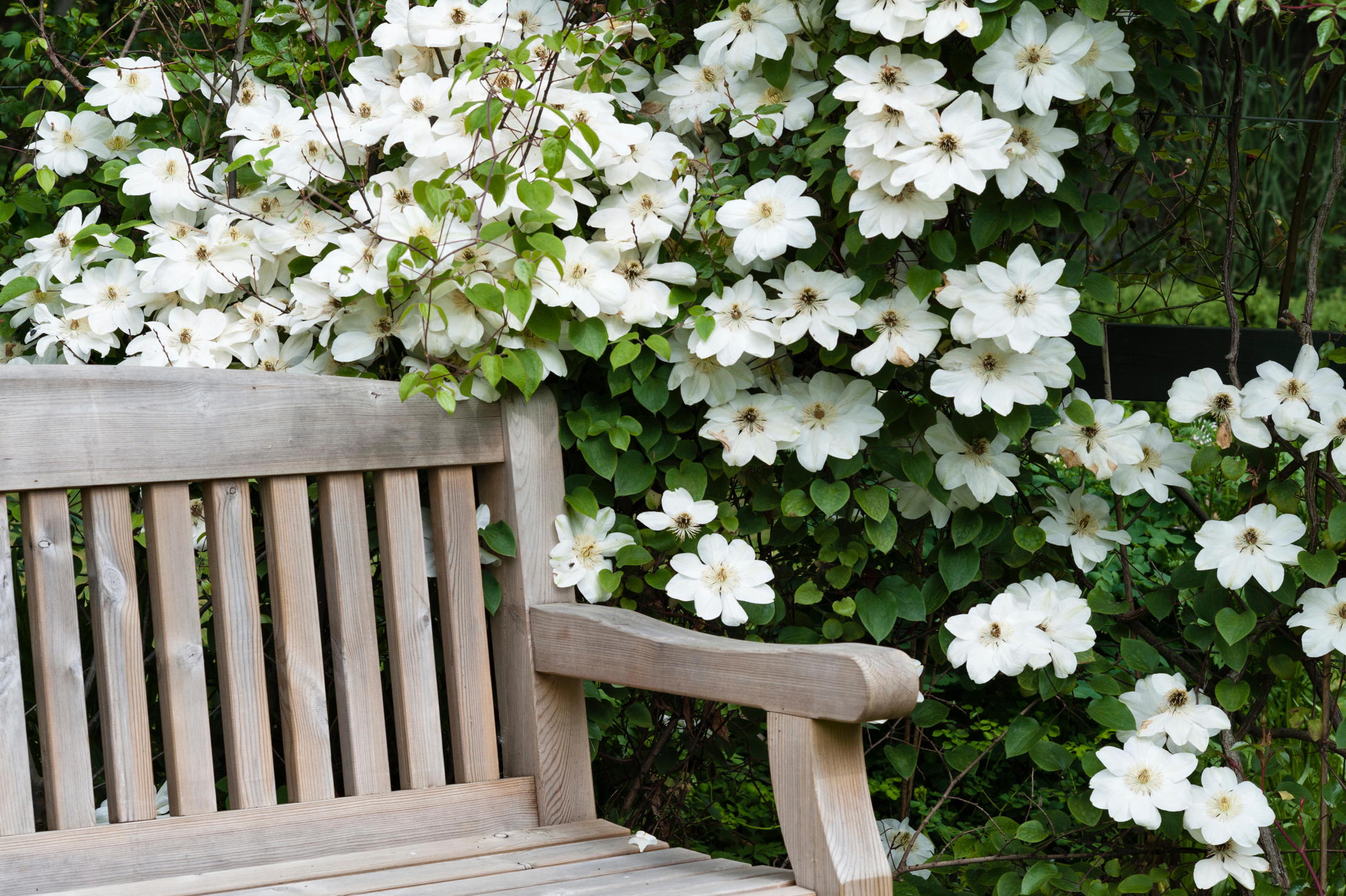Great British Architects: Robert Adam
Comfort combined with elegance was the trademark of Robert Adam, one of the most influential architects ever to work in Britain

From his arrival on the London scene in 1767, until the 1780s, Adam could fairly claim to be the first architect in England. Despite this, he never brought to fruition an entirely new building, but worked largely on the remodelling, extension and decoration of new town and country houses.
Informed by his Italian travels and exposure to French ideas, Adam popularised a radically new neo-Classical aesthetic. This translated accurately observed details into varied and delicate forms, quite at odds with the bold and architectonic interior decoration typical of earlier Palladian design. Colour was also of central importance to him. What saved Adam's work from being merely cosmetic was his interest in creating ‘movement'. As he described it, ‘the rise and fall, the advance and recess, with other diversity of form, in the different parts of a building, so as to add greatly to the picturesque of the composition'. The work of his office is documented in a remarkable surviving archive of drawings. Early career
Robert Adam was born at Kirkcaldy, Fife, in 1728. The second son of an architect, William Adam, he was brought up in an engaging Enlightenment circle. His father's library must also have offered him extensive material from which to develop his interest in drawing and architecture. Following his father's death in 1748, Robert entered into architectural partnership with his elder brother, John. They inherited a lucrative contracting business in the construction of the Highland forts following the Jacobite Rising of 1745. As well as making Robert a rich man, this work brought him into contact with Paul and Thomas Sandby, draughtsmen for the Board of Ordnance, from whom he learnt about the Picturesque.
Italy
In 1754, Adam departed on a two-year trip to Italy. The experience was to transform his work. In particular, it brought him into contact with a circle of artists and dilettanti in the circle of the French Academy in Rome. When in Italy, he assumed the character of a gentleman. ‘My being an artist,' he confided in one letter, ‘if I am discovered as such may do me hurt.' In 1757, he sailed from Venice to Split in order to measure and examine the Roman remains there. The product of this trip was the sumptuously presented The Ruins of the Palace of the Emperor Diocletian at Spalatro (1764).
London
Adam returned to Britain in 1757, and set up an architectural practice in London. Scotland, he wrote, ‘is but a narrow place'. With a formidable appetite for work and the support of numerous Scottish patrons, he launched himself successfully on the London scene. Adam was joined in practice by his younger brother, James, who had also travelled in Italy, in 1763. His work entirely overturned the popularity of Palladianism, which had been advocated by Lord Burlington and his circle since the 1720s. This had applied the architectural elements of Classical temple architecture to the interiors of buildings. In its place, Robert Adam offered a much more carefully modulated style of neo-Classical decoration that delighted in colour, variety and delicacy of detailing.
Sign up for the Country Life Newsletter
Exquisite houses, the beauty of Nature, and how to get the most from your life, straight to your inbox.
The Adelphi and its aftermath
The failure of a speculative development at the Adelphi in 1772 almost destroyed the Adams' business. The brothers attempted to restore their reputations through the publication between 1773 and 1778 of The Works in Architecture of Robert and James Adam. This incorporated designs for furniture and fittings, and also presented architectural drawings in a novel and dynamic way, using perspective. Adam subsequently returned to speculative development schemes, working in London on Portland Place (1776-90) and Fitzroy Square (1790-94), as well as Charlotte Square in Edinburgh (1792-1820). In these projects, he developed the idea first seen in the Adelphi project of externally integrating terraces of houses to create spectacular façades. At Portland Place, Adam made innovative use of external stucco to give the effect of cut stone.
The Adelphi fiasco and a notorious law case over a stucco patent in 1778 may both have contributed to Adams' exclusion from the grand commissions that he aspired to. Indeed, much to his frustration, he never secured a commission for a new country house. Rather, his most important countryhouse schemes-including Harewood (1765-71), Syon (1762-69), Alnwick (about 1770-80) and Kedleston (about 1760-70) -involved the adaptation of existing buildings. He generally favoured a small circle of highly skilled craftsmen in his works. Later career
In the 1780s, Adam's own career began to be overshadowed by the new rising star of the London scene, James Wyatt. He was forced to work increasingly in Scotland. Adam died a bachelor on March 3, 1792, from a long-running ‘stomach complaint'. He is buried in Westminster Abbey.
Country Life is unlike any other magazine: the only glossy weekly on the newsstand and the only magazine that has been guest-edited by HRH The King not once, but twice. It is a celebration of modern rural life and all its diverse joys and pleasures — that was first published in Queen Victoria's Diamond Jubilee year. Our eclectic mixture of witty and informative content — from the most up-to-date property news and commentary and a coveted glimpse inside some of the UK's best houses and gardens, to gardening, the arts and interior design, written by experts in their field — still cannot be found in print or online, anywhere else.
-
 The Business Class product that spawned a generation of knock-offs: What it’s like to fly in Qatar Airways’ Qsuite cabin
The Business Class product that spawned a generation of knock-offs: What it’s like to fly in Qatar Airways’ Qsuite cabinQatar Airways’ Qsuite cabin has been setting the standard for Business Class travel since it was introduced in 2017.
By Rosie Paterson
-
 Six of the best Clematis montanas that every garden needs
Six of the best Clematis montanas that every garden needsClematis montana is easy to grow and look after, and is considered by some to be 'the most graceful and floriferous of all'.
By Charles Quest-Ritson